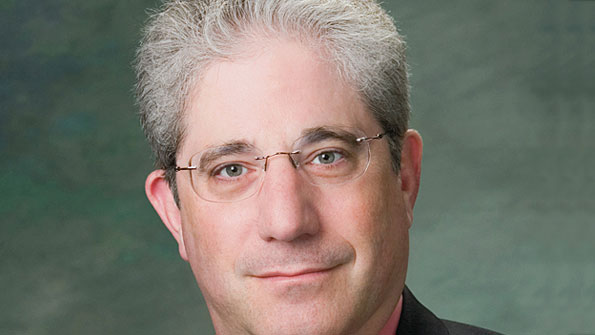Crystal ball says 2013 will be busy year for LMR industry
As any particular year ends, everyone always prognosticates about the year to come. I’m no different in this regard, so here are a few predictions for 2013.
The passing of the narrowbanding deadline will bring interesting challenges. It is certain that there will be thousands of users who will not have met the deadline nor filed extension waivers. What will happen to these folks?
First, the FCC will be interference-complaint driven. Thus, if co-channel or adjacent channel licensees complain about another’s wideband operation, the offending licensee will have to go through what is sure to be a laborious, long and expensive process to demonstrate why the licensee should not be fined and/or have to shut down operations.
How likely will this scenario be? The likelihood is very high. Narrowbanded licensees have numerous incentives to “rat out their friends” (as one FCC official said to me many moons ago). The primary incentive is to reduce congestion on very crowded shared channels. An auxiliary incentive is the possibility that the narrowbanded licensee may then remain the only licensee on the channel, and therefore have the ability to obtain exclusive use of the channel through the use of trunking equipment.
But narrowbanding litigation will not be the only 2013 activity. The FirstNet Public-Safety Advisory Committee will be formed and work will begin in earnest. While actual operations will not occur for quite some time, the formation of plans will begin.
In addition, several land-mobile-radio rulemaking issues will be active in the first part of the year. These items include: (1) the release of the rest of the 800 MHz channels that were returned by Sprint Nextel, in non-border areas; (2) the lifting of the 800 MHz licensing freeze in more areas; (2) reconsideration of the 700 MHz narrowbanding deadline; (3) use of the 4.9 GHz band; (4) the lifting of the 900 MHz Business/Industrial band freeze; (5) action on a proposal to create dedicated VHF vehicular repeater channels; and (6) further action in the E-911 proceeding.
Another item that I unfortunately expect to hear more about in 2013 is post-rebanding interference. Based upon what we’ve heard and worked on so far, there have been several causes of this interference, the details of which we will explore in future articles and at IWCE. These causes (to varying degrees) include: (1) Sprint Nextel continuing (or restarting) operations on frequencies that were swapped with public-safety users; and (2) IM products overloading the front end of public-safety radios— either by Sprint Nextel alone, the cellular A Block licensee alone, or the combination of Sprint Nextel and the cellular A Block licensee.
Yes, rebanding was supposed to eliminate front-end overloading, but the changes in broadband technologies since rebanding was first conceived apparently are creating new problems, particularly where that broadband operation is at higher power. Thus, Sprint Nextel’s conversion to broadband on its 862 MHz spectrum should be closely watched for potential interference.
As a result of all of these activities, 2013 promises to be a busy year for the LMR industry. News of its impending death (due to the relatively sudden emergence of LTE) has been greatly exaggerated.
What do you think? Tell us in the comment box below.
Alan Tilles is counsel to hundreds of entities in the wireless industry. He is a partner in the law firm of Shulman Rogers Gandal Pordy & Ecker and can be reached at [email protected] or on Twitter @landmobilelaw.
















